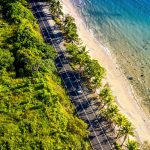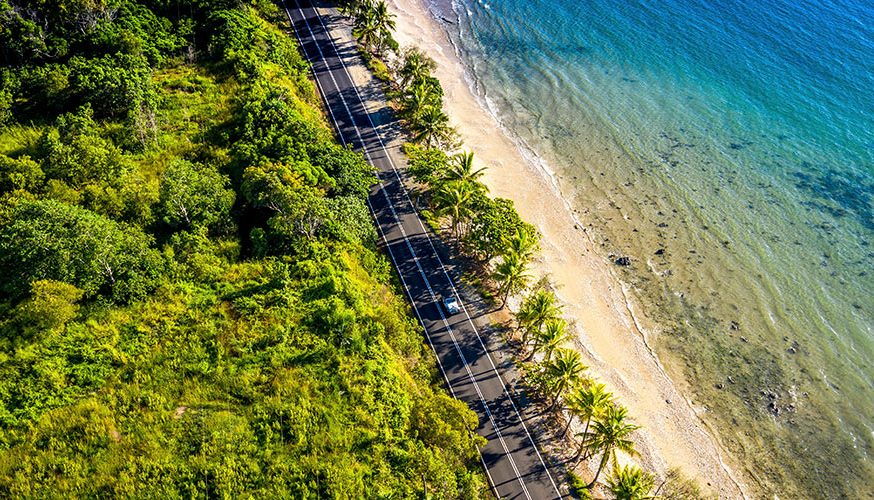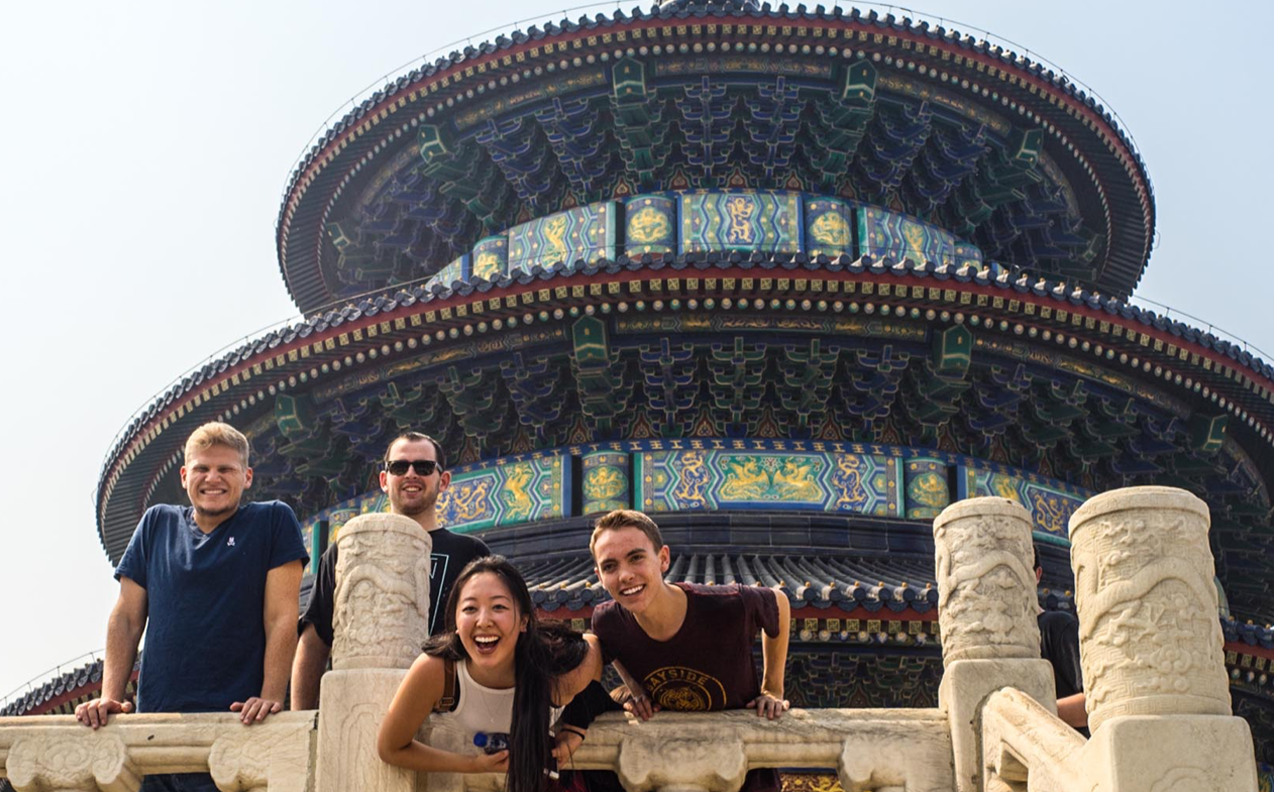Located in Tropical North Queensland, Cairns is a gateway to adventure and discovery. Just a hop, skip and a (little!) jump to the Great Barrier Reef and the Daintree Forest, Cairns is full of natural wonders waiting to be explored. Here we delve into some interesting facts about the Cairns region and discover what makes this tropical paradise so unique!
- The Cairns region is home to the world’s longest lava tube cave systems in the world! The Undara lava tubes (‘Undara’ is an Aboriginal word meaning ‘long way’) were formed 190,000 years ago when a large volcano erupted, spewing molten lava over the area and flowing down a dry riverbed. The tubes spread 1.2 kilometres long, 11 metres high and 20 metres wide and have become ideal conditions for wildlife to take shelter and for the rainforest to grow.
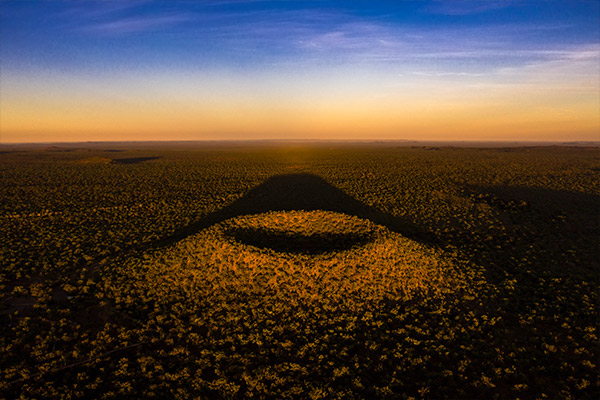
- The estimated residential population of the Cairns region is just over 160,000 with an average annual growth rate of 1.9%.
- Afraid of moths? We’re sorry to break it to you… but Cairns is home to the world’s largest moth! The Hercules Moth has a wingspan that can get up to 27cm and the adult moth only lives for 10-14 days with the main goal of finding a mate. They don’t eat during this time, surviving on food stores from when it was a caterpillar. See the Hercules Moth in all life stages at the Australian Butterfly Sanctuary located in Kuranda.
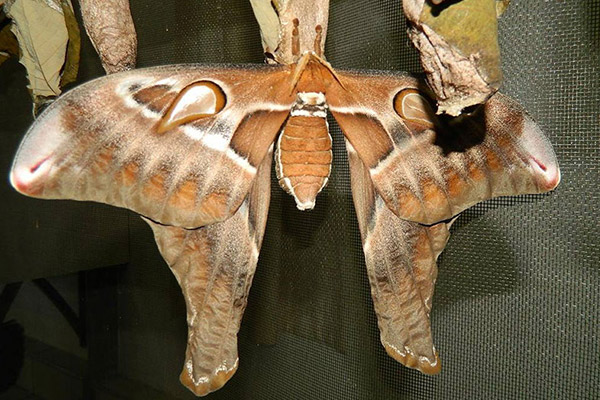
- The Yirrganydji people are the traditional owners of the area known as Cairns today. Yirrganydji territory comprised the coastal strip of land between the areas now known as Cairns and Port Douglas, including Freshwater Creek and the Barron River. The Yirrganydji people had an intimate knowledge of their lands and waters, flora and fauna, seasons and weather. They were both a rainforest-dwelling and seafaring people, utilising the resources of both environments for their food, clothing and other needs.
- Crocodiles can be found in Tropical North Queensland and beaches and rivers have warning signs to indicate that it is not safe to swim there. See these dinosaur-like creatures up close (safely!) at a crocodile park, like Hartley’s Crocodile Adventures or a wildlife cruise led by an experienced operator.
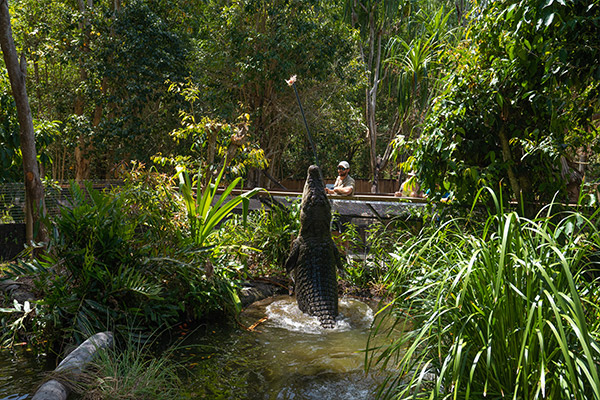
- The Great Barrier Reef is the largest reef in the world and is bigger than Victoria and Tasmania combined. Stretching 2,300 kilometres it is the largest structure on earth made from living organisms, and it can be seen from space! It’s BIG and full of all the marine life you can imagine.
- Tropical North Queensland is the only place in the world where two UNESCO sites collide. See the stunning views of the Great Barrier Reef and the Daintree Forest at Cape Tribulation, about 140kms north of Cairns.
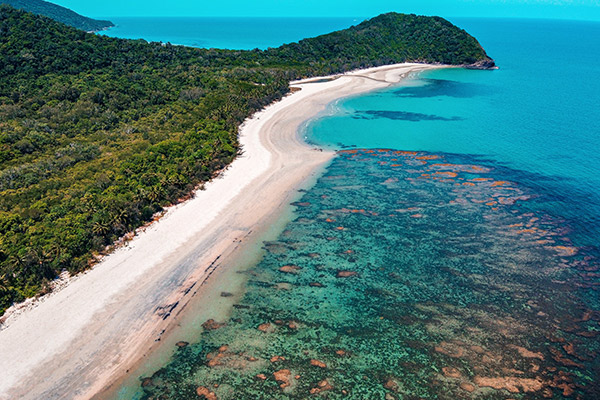
- For the history buffs… during World War II, Cairns and the Far North region were at the forefront of the Battle of the Coral Sea, a Japanese invasion, where Japan succeeded in occupying Tulagi of the Solomon Islands. This was marked the first air-naval battle in history.
- Cairns is also home to Queensland’s highest mountain! Mount Bartle Frere measures a whopping 1,611m high and sits just south of Cairns in the Wooroonooran National Park in the Wet Tropics World Heritage Area.
There are a lot of things to love about Cairns and the rest of this tropical region and there are so many educational benefits when it comes to exploring all that it has to offer! Take a look at our Cairns tour or STEM: Cairns tour to learn what students get up to on an adventure to Cairns.

